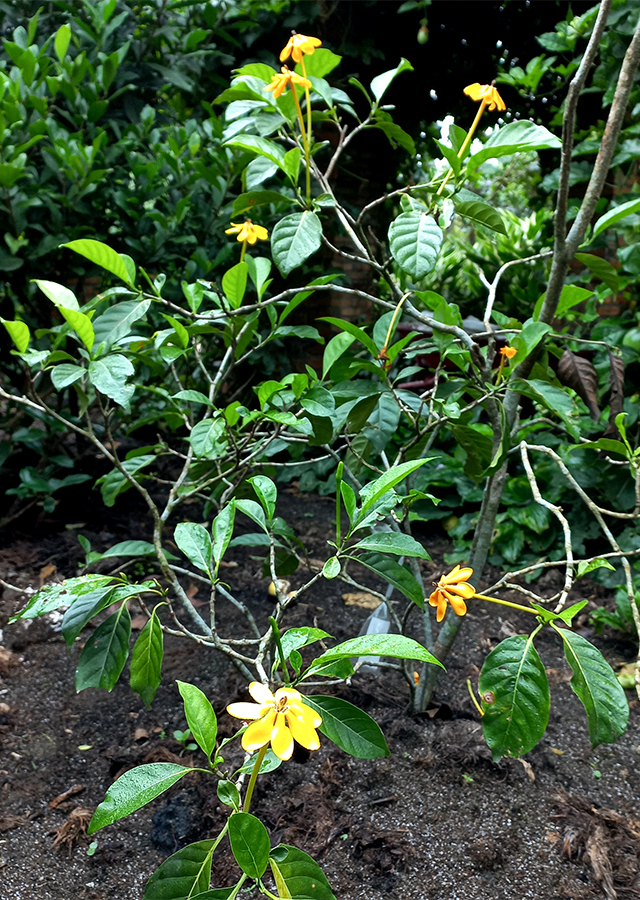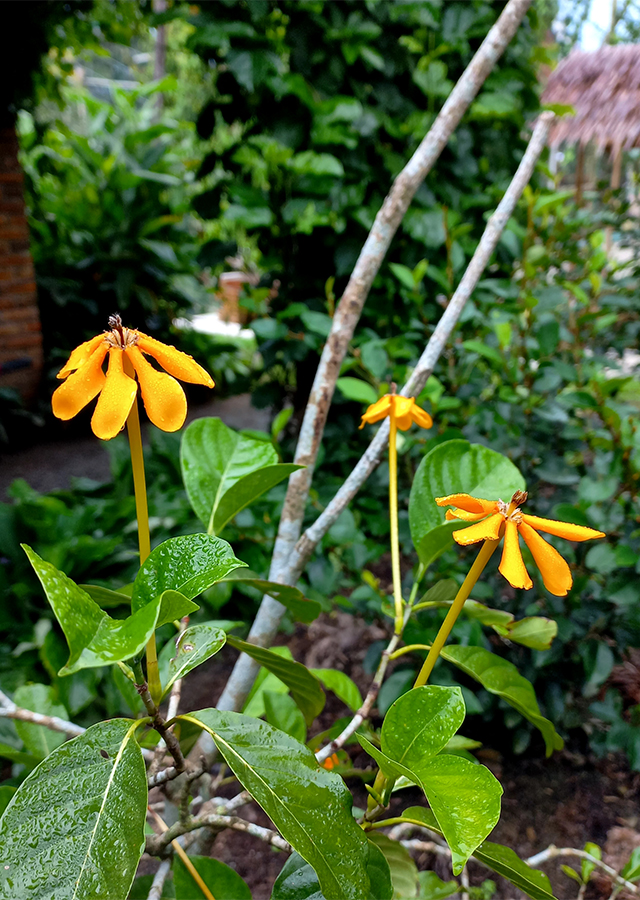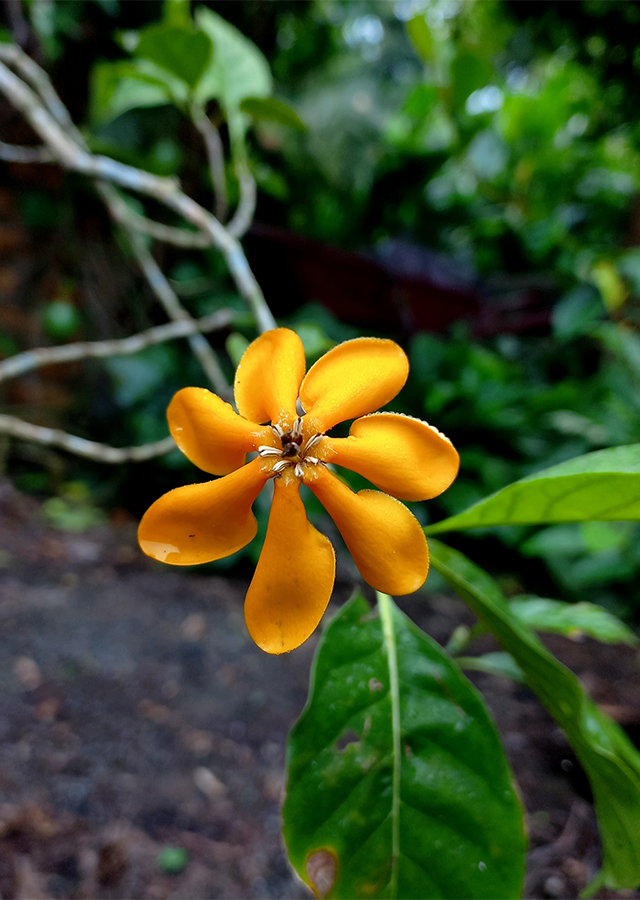Traditional Herbs from Gardenia carinata
What is Gardenia carinata Looks like??



Parts of Gardenia carinata that could be used
- Leaf
Gardenia carinata Distribution
Jungle cempaka or Gardenia carinata is a flowering species from the Rubiaceae family originating from Thailand and Peninsular Malaysia. This species is widespread in tropical and subtropical regions of Africa, Australia, South Asia and Southeast Asia. G. carinata is a plant that is popular as an ornamental plant which is valued because it has unique flower colors and shapes and a fragrant smell. Based on the study results, it is known that G. carinata contains a variety of important compounds and has therapeutic potential which can be used as an alternative therapeutic agent against certain microorganisms in future drug development.Agroecology of Gardenia carinata
Forest cempaka can usually be found growing in lowland and hilly forests, and is also often found growing on roadsides as an ornamental plant. Its growth prefers areas with full or bright sunlight, with the plant's need for water being moderate.
Morphology of Gardenia carinata
- Stems round, cylindrical, brown.
- Leaves simple or unifoliate, elliptical-obovate, veins pinnate, venation prominent and hairy underneath, leaf edges flat, leaf tip pointed (acute), base of leaf narrowed or tapered down the petiole to a narrow base (attenuate), green, stalked.
- Flowers bisexual, solitary, large, fragrant, pinwheel-shaped, fine flower texture. The initial color is white, but slowly turns yellow and then golden orange over a few days (2 - 3 days) before falling off the flower tube is narrow and very long, and opens into a flat-faced flower with 6 or more petals.
- Fruits are round, have about 5 distinct, evenly spaced ridges that run longitudinally. They are yellowish green and then turn blackish brown when dry.
Cultivation of Gardenia carinata
Plant propagation is generative through seeds and vegetatively through grafting.
Gardenia carinata, more details :
Chemical Content of Gardenia carinataEight cycloartane triterpenoids (carinatins A-H), secaubryolide, dikamaliartane D, flavonoids, saponins, tannins, C-glycoside, phenolic compounds, essential oils (trans-geraniol and farnesol).
Benefits of Gardenia carinata
It has various therapeutic uses such as anti-HIV, cytotoxic, anti-inflammatory, anticancer, antihyaluronidase, and antimicrobial.
Simplisia of Gardenia carinata
Another Facts for Gardenia carinata :
Synonym of Gardenia carinata-
Habitus of Gardenia carinata
Tree. Annual tree, grows to a height of about 15 m
Habitat of Gardenia carinata
- Forest
- Roadside
- Land
No comments:
Post a Comment